Cardinal flower
mxk3 z5b_MI
4 years ago
Featured Answer
Sort by:Oldest
Comments (17)
dbarron
4 years agoRelated Discussions
What came up w/the cardinal flowers?
Comments (4)The way to really tell them apart is close examination of the nutlets. There are four together (typical of members of the mint family). In L. uniflorus the top edge of each tends to angle inward so the summit of the group appears appears concave. In L. virginicus they don't angle in so the group appears flat across the top. The name was really a random choice. I think I had learned the genus around the time I registered....See MoreCardinal Flower problems!!!!!!!!!!!!!!!!!!!!!!!!
Comments (11)This exact thing is happening to mine as well, it does look like root rot since they pull out of the ground easily and are mushy but that doesn’t make any sense since they are marsh plants. I live in georgia and when I first noticed it I thought I was over watering so I limited the water I gave them but its Been almost a month and they are still suffering. My best guess is that it‘a either under watering or some kind of fungus/disease. I’m going to attempt to give them more water and spray them down with a fungicide and see if I have any success, if you’ve happened to figure out what went wrong with yours I would greatly appreciate any advice....See Morean easy way to propagate cardinal flower with my pond
Comments (5)I am SO glad I saw this! We have the native Lobelia cardinalis (Cardinal flower)and the nativar Lobelia cardinalis "Black Truffles" planted beside Impatiens capensis (Jewelweed) and hummingbirds love all of them and we see them all the time! Unfortunately, Mazus pumilus has grown in the favorable conditions and took over last year. So we dug up the plants, transplanted and 'solarized' the weedy soil down to a depth of one foot. Added new soil, replaced the plants and the weeds started up again this year, although not as badly. Last year we had a "spring-fed" stream installed in the back yard with a waterfall of one foot which empties to a small pond of about 8" and physically connects to a dry creek bed. So, being able to root Lobelia (both types) in the stream will solve the weed issues, provided I wash the roots first. Whenever I place plants in my stream, I pot them in a plastic pot with holes and netting to prevent peat moss from escaping. This way the roots have something to hold on to. The water level is always above the top of the pot, to prevent mosquitoes from laying eggs in the pot water, which if above the water line, would remain stagnant. The great thing about the "Black Truffles" variety, even though it only provides 80 percent of nectar as the true native, is that it bloomed first and the hummingbirds came to that and then the true native when that one came into bloom. They both still have a lot of unopened blooms and several stalks came from each plant! The native Lobelia is 5 ft tall! The drooping stalks are "Black Truffles" and both varieties are loaded with seeds, which I hope to propagate. The Jewelweeds are 4 feet tall and as usual, the blooms hide. For the picture I attached a 3 ft yardstick to a 4 ft 'yard stick' which is easier to see in the next photo. Thanks again for the information!...See MoreOverwintering cardinal flowers in zone 6a
Comments (46)Well, whether or not they come back l plan on buying about 6 new Cardinal flowers at the upcoming native plant sale, and judging from last year there should be an abundance of L. siphiticas emerging in the garden this year. It's good to roll with what's going on and keep enjoying the marvelous things happening in the plant world. There are a lot of really cool plants that don't have any problem coming back. I had a Dutchmans Briches plant pop up where none were ever planted and I'm thinking it came from a seed that was decades old from a time when they grew in my neighborhood before it was "developed". You are all beautiful!!!!! For Milo and Sudan!!!!!!!...See Morerob333 (zone 7b)
4 years agolast modified: 4 years agodbarron
4 years agosah67 (zone 5b - NY)
4 years agolast modified: 4 years agorob333 (zone 7b)
4 years agolast modified: 4 years agogardengal48 (PNW Z8/9)
4 years agomxk3 z5b_MI
4 years agoperen.all Zone 5a Ontario Canada
4 years agolast modified: 4 years agomxk3 z5b_MI
4 years agoperen.all Zone 5a Ontario Canada
4 years agodbarron
4 years agomxk3 z5b_MI
4 years agoraee_gw zone 5b-6a Ohio
4 years agoperen.all Zone 5a Ontario Canada
4 years agobellflower
4 years agoNHBabs z4b-5a NH
4 years ago
Related Stories
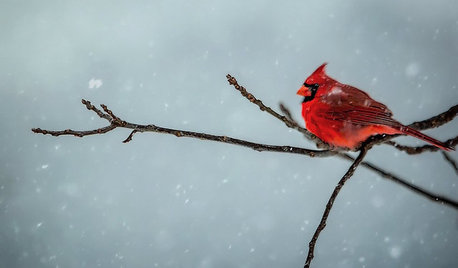
GARDENING GUIDESBackyard Birds: Northern Cardinals in the Snow, and Other Red Birds
Brilliant crimson feathers make these friends stand out in a crowd
Full Story
GARDENING GUIDES10 Deer-Resistant Native Flowers to Plant This Fall
Learn about natives that embrace some kinds of wildlife but resist grazing deer
Full Story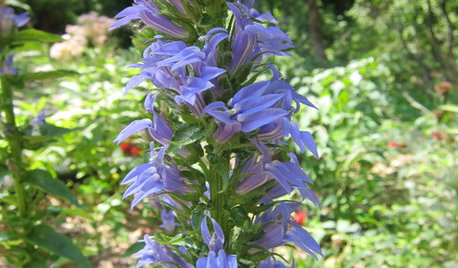
GARDENING GUIDESGreat Design Plant: Lobelia Siphilitica Keeps Its Cool
Great blue lobelia, a flowering native that prefers moist soil, adds a calming blue hue to the late-summer garden
Full Story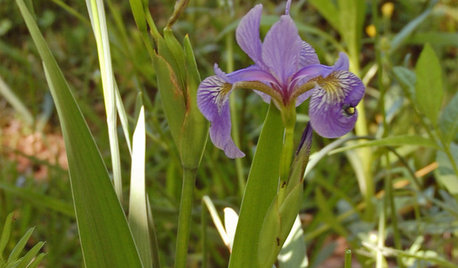
GARDENING GUIDESGreat Design Plant: Iris Versicolor
A versatile native iris for bridging wet and dry gardens
Full Story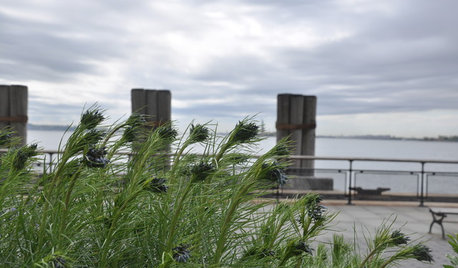
GARDENING GUIDES10 Native Wildflowers With Unique Foliage
When the flowers fade, these leaves keep the garden looking good
Full Story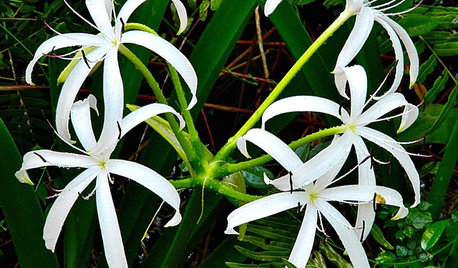
GARDENING GUIDESGreat Design Plant: Crinum Americanum
Bright white flowers with thin delicate petals grace this water-loving southern lily
Full Story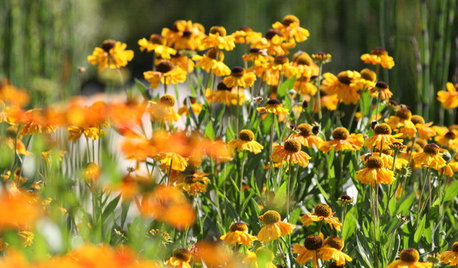
GARDENING GUIDESWhat’s in a Name? See 6 Wildflowers That Aren’t ‘Weeds’ at All
Dispel the stereotypes of weeds and try these wildlife-supporting native wildflowers in your garden
Full Story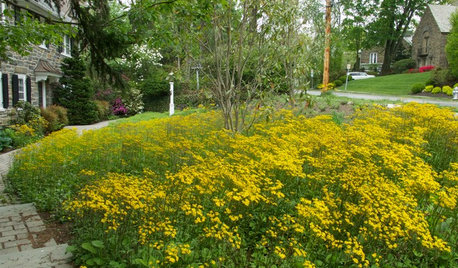
GARDENING GUIDESPackera Aurea Puts On a Springtime Show in Sun or Shade
This vigorous native ground cover welcomes bees with its early-blooming flowers and makes an attractive lawn alternative
Full Story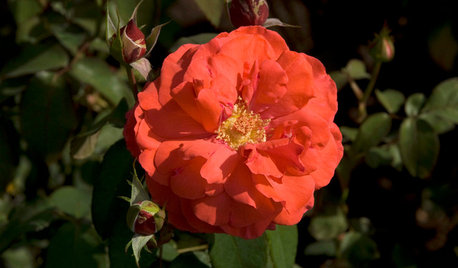
GARDENING GUIDES6 Captivating Roses for an Alluringly Fragrant Garden
Perfume your garden with aromas from richly spicy to lightly sweet, without sacrificing an inch of color
Full Story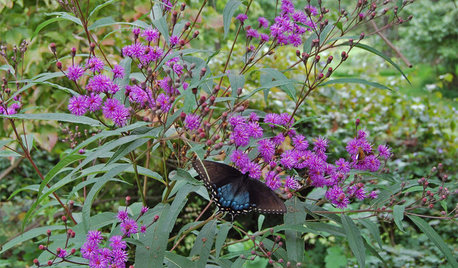
GARDENING GUIDESGreat Design Plant: Vernonia Noveboracensis
Stately New York ironweed attracts pollinators with its blooms at the end of summer and birds with its seeds in fall
Full Story


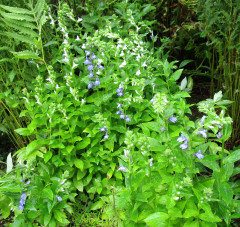
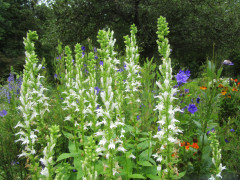




peren.all Zone 5a Ontario Canada